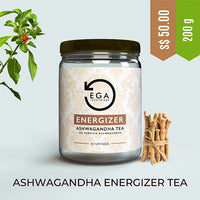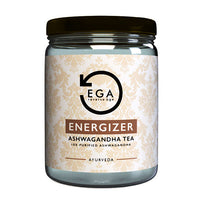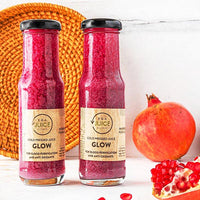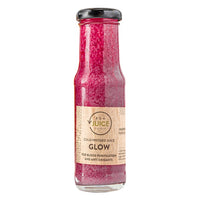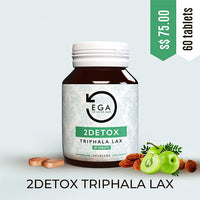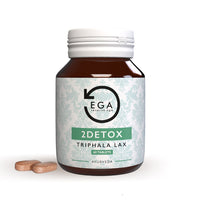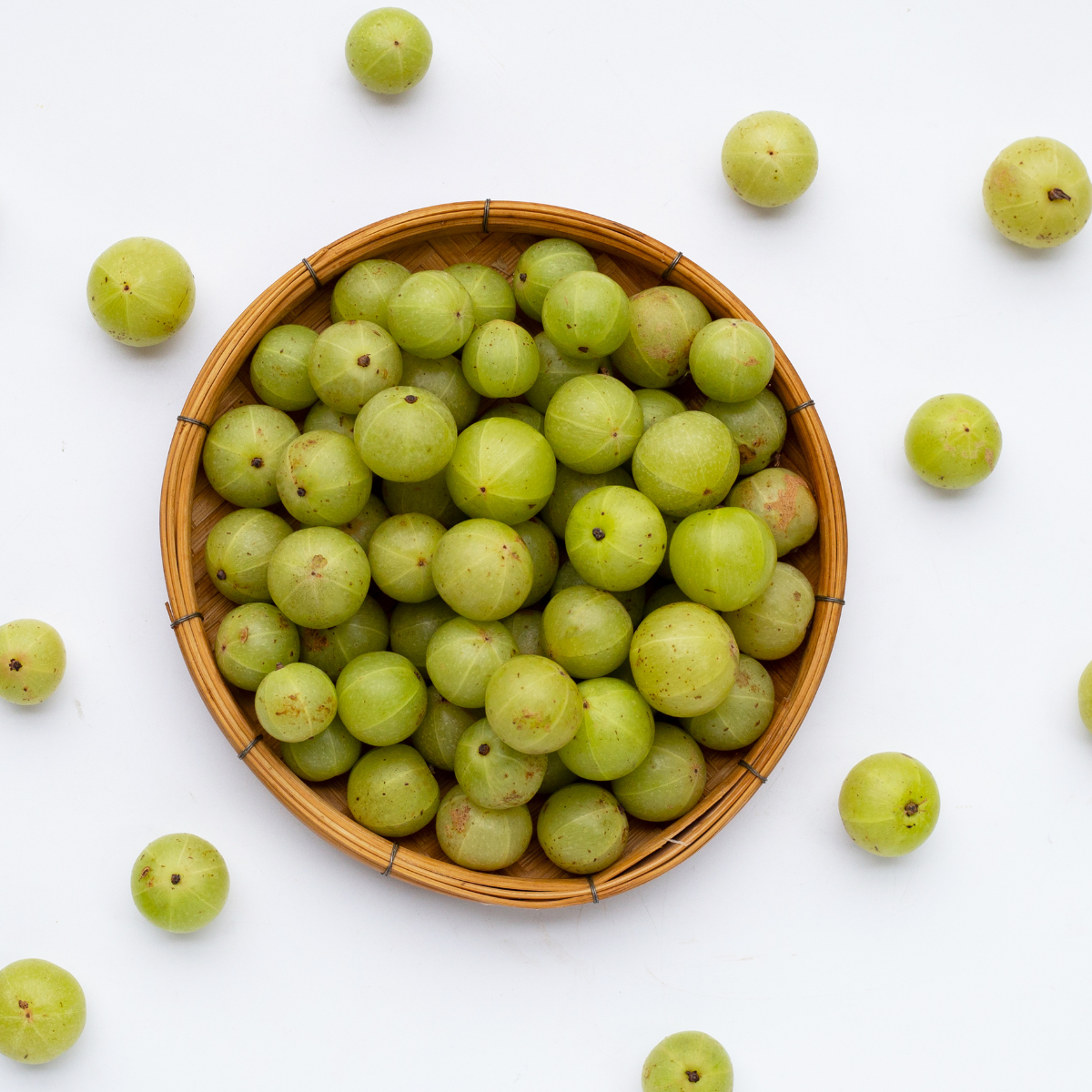The concept of oxidative stress in the body
Oxygen plays a dual role in all living organisms. While we cannot live without it, on the other hand it speeds up cell death by playing a key role in the aging process.
Our body not just deals with harmful bacteria, microbes, mould, fungus and yeast that damage health but also environmental toxins in, on and around us. To protect our body against oxidation, we create both oxidants as part of normal physiological processes as well as antioxidants. Oxidative stress occurs anytime there exists an imbalance between antioxidants and free radicals, resulting in an abundance of unchecked reactive free radical species.
What are free radicals?
At the atomic levels of our cells, electrons help to keep atoms together. The nucleus of the oxygen atom has positively charged protons and hence attracts negative electrons which get released during normal chemical processes in the body. In high oxidative stress inside the body, these electrons get increasingly attracted to the large number of oxygen atoms forming unpaired electrons in molecules called free radicals, that are highly volatile and unstable. These further create reactive oxygen species like superoxide ions. Our body has a natural mechanism to break down these ions with the help of superoxide dismutase (SOD), creating and releasing Hydrogen Peroxide. This hydrogen peroxide is further broken down by catalase enzyme into oxygen and water which is easily removed through the body. As we age, the level of catalase decreases in the body resulting in an action of bleaching inside out, say like the greying of hair. However oxidative stress when not managed leads to premature greying, dull and aging skin, early cell death and a range of illnesses like Type-2 Diabetes, atherosclerosis, inflammatory conditions, high blood pressure, cardiovascular diseases, neurodegenerative diseases, such as Parkinson’s and Alzheimer’s and even cancers.
Role of Amla in balancing oxidative stress in the body
Amla or the Indian gooseberry (Emblica officinalis) is inarguably one of the most important medicinal plants in the Indian traditional system of medicine. Amla is one of the richest sources of Vitamin C and contains high levels of Vitamin A, polyphenols, alkaloids, and flavonoids such as quercetin and kaempferol. The presence of these phytochemicals such as quercetin, gallic acid, corilagin, and ellagic acid help in free radical scavenging. Basically, these antioxidants are stable molecules that donate an electron to a rampaging free radical and neutralize it, thus reducing its capacity to damage. This makes Amla a wonderful natural and highly effective detox. The antioxidant action of Amla protects and reverses your oxidative stress levels.

Amla in Ayurveda
Amla is one of the rarest foods that contains five out of the six tastes, as per Ayurveda. This is important since taste is a very powerful therapeutic tool that determines not only how we experience our food, but ultimately, the overall balance of mind, body and soul or the quality of our existence.
Amla, when combined with other powerful foods like turmeric, ginger and honey, makes for a very nutritious Powershot or 'kadha' that improves immunity and rightly nourishes the body. Regular consumption can make the skin glow and also improve hair health. It promotes collagen building and inhibits melanin production, making the skin firm and brighter from within.
Amla is also actively used in green detox, cold-pressed juices that aid in blood, colon, kidney and liver cleanse. Ayurveda recommends a regular fasting to reignite digestion and metabolism while ridding the body of undigested metabolic toxins or ama. For those who find water fasting difficult, try a Juice Detox that is right for your Ayurveda body type. Juices in a cleanse package are packed with essential nutrients and antioxidants, give the digestive system a much needed break, focus on repair and provide energy to tide over a whole day of fasting from solid foods.
For those who find the taste of Amla unappealing due to its astringency can also consume it in the form of Amla Tablets.
Amla finds itself at the very heart of a time-tested Ayurveda formulation called ‘Triphala’ that is a rejuvenating herbal supplement and a rich source of anti-oxidants. Triphala is a Sanskrit term that is made up of two words - ‘Tri’ meaning three and ‘Phala’ meaning fruits. Thus, ‘Triphala’ refers to the combination of three Ayurvedic Fruits or Herbs - Amla (Emblica officinalis), Harad (Terminalia chebula) and Baheda (Terminalia bellirica). The synergistic combination of three superfruits is called ‘Tridosha Hara’ which when taken daily can have far reaching benefits on the body by balancing all three doshas or energy patterns that govern health.
EGA 2Detox Triphala Lax is a perfect ally for gut health. It is a daily, mild laxative that helps to eliminate constipation, bloating and indigestion. It is known for its rejuvenating properties by nourishing cells and tissues. It is Ayurveda's best known formulation for longevity and a disease-free life.

